Woman of the Year (1942)
“You don’t think I can do all the ordinary little things that any idiot can do, do you?”
|
Synopsis: |
|
Genres, Themes, Actors, and Directors:
Response to Peary’s Review: I’m actually more a fan of Ring Lardner, Jr. and Michael Kanin’s Oscar-winning script than Peary is. While there are certainly some “silly… plot contrivances” — as when Hepburn “adopts a Greek orphan without consulting Tracy and then hasn’t the time to be a mother” — this is par for the course in a screwball romantic comedy like WOTY, which is never anything less than delightfully zany in its portrayal of Hepburn’s over-the-topness (after all, her “Tess” is shown speaking no less than half a dozen languages fluently!). Meanwhile, as Peary argues, “what’s most fascinating about the film is Hepburn’s uninhibitedly sexual performance”, with her “sexiness com[ing] from how she uses her eyes, voice, body, and, more significantly, her mind prior to lovemaking”. Indeed, Hepburn’s intelligence is a major turn-on — not just for Tracy (who secretly seems to love his wife’s genius), but for audience members, who can easily embrace Hepburn’s Tess Harding as a feminist icon for the ages. (Now this is the pioneering female journalist we wanted to see more of in A Woman Rebels!) The enduring question about Woman of the Year is whether its views on gender roles and marital responsibilities have dated terribly (as Peary argues is the case with all the Tracy-and-Hepburn films). It’s true that the final scene — showcasing Hepburn’s disastrous attempts to make breakfast for her husband, a la Buster Keaton in The Navigator (1924) — would seem to hint that the characters have finally caved to sexist mid-century mores; but listen carefully, and you’ll find that this really isn’t the case. Indeed, while Hepburn is clearly made out to be the “villain” throughout the film — with poor, put-upon Tracy simply enduring her hectic lifestyle until he finally puts his foot down — the moral of the story isn’t that Hepburn should give up her phenomenal success for the sake of being a housewife. Rather, the lesson being taught is a remarkably modern one: the need for compromise and balance in any relationship. Redeeming Qualities and Moments:
Must See? Categories
Links: |
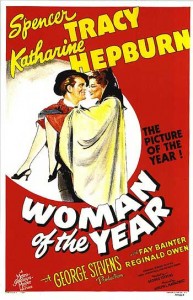
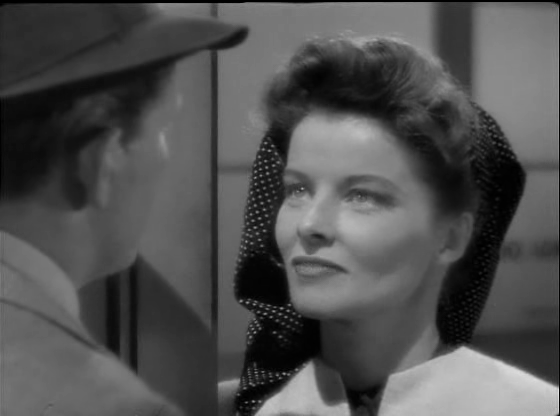
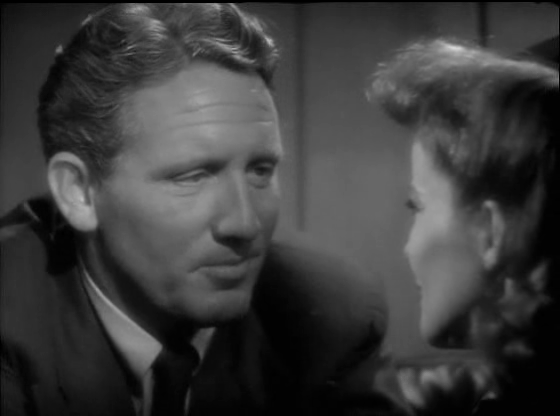
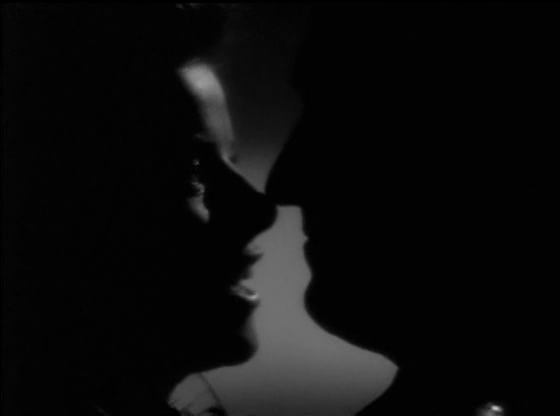
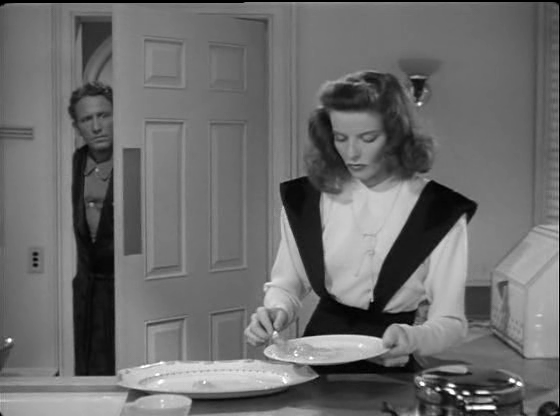

One thought on “Woman of the Year (1942)”
A once-must, for its place in cinema history.
~and mainly for those who want to know/see how Tracy & Hepburn fell in love for real on-screen (and, obviously, off… well, in a way 😉 ).
For me, the first half of this film is more successful than the second. In it, we have a refreshingly intelligent script about opposites falling in love. And it’s all highly enjoyable – with both stars revealing how wonderful it can be to be thoroughly enamored of someone, and how that blissfully transforms your life. As played, I can more or less buy the first half in a heartbeat.
Then problems arise. And we come to realize that these two people haven’t taken the time to get beyond infatuation to face the nitty-gritty of what they mean to each other – and of who they really are as people. They acted on a whim and got married. Not the best idea. I think the film has less to do with feminism (though that’s in there, wonderfully) than the importance of getting beyond infatuation before marrying.
George Stevens is not one of my favorite directors – but, here, as in some other films, he’s not that obtrusive. Unfortunately, the script itself is leaden when Hepburn attempts to prove she can be an ace in the kitchen. But ‘WOTY’, overall, is a perfect example of how the male/female paradigm was shifting – and very much needed to shift – during its time.